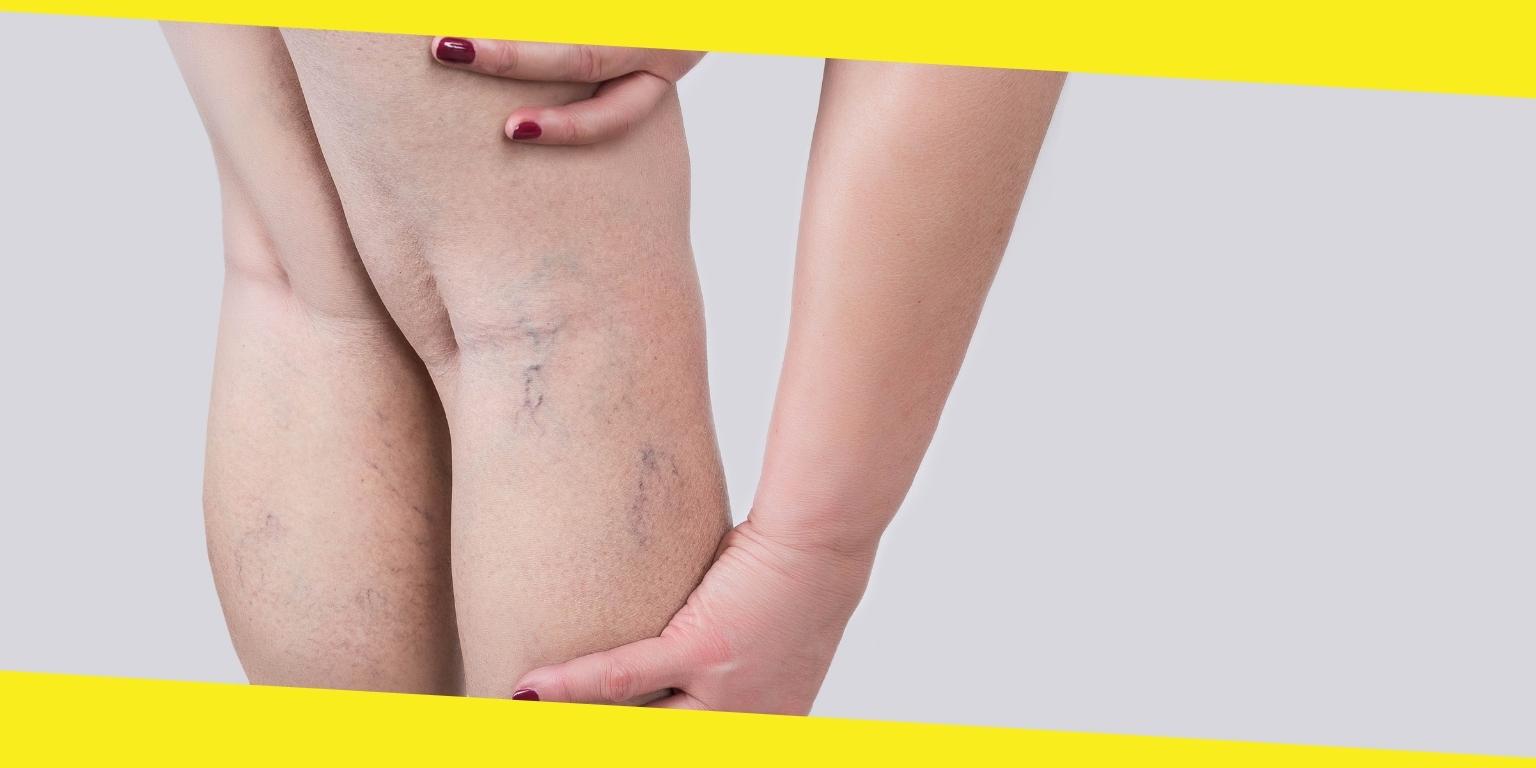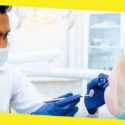Here are 5 Effective Ways to Handle Varicose Veins

Varicose veins are more common in the legs. Although they are not always painful, they affect the appearance of your skin, which can affect your confidence and limit your choice of wear. But they can also be painful and make walking difficult, especially in extreme cases. David Jacobs, MD, DABR, DABVLM, of South Shore Vein and Aesthetic Medicine, offers effective treatment options to manage the situation and advise patients on better ways to avoid the condition. Remember that prevention is the best cure for any medical complication. Here is how you should handle varicose veins.
Contents
Toggle1. Evaluate Your Risk Factors
Varicose veins can affect anyone, but some people are more prone to the condition than others. Knowing your risk factors can help you take essential preventative measures to avoid the situation. Consult your doctor to understand the common varicose veins risk factors. Age is a significant factor for varicose veins, where you are more likely to experience the condition if you are a senior than the young population. Biological sex is another essential factor where women are more likely to experience varicose veins than men. Other common factors for varicose veins include genetics, obesity, leg trauma, or lack of movement.
2. Take Care of Your Legs
Caring for your legs can help you avoid varicose veins or alleviate the symptoms. Avoid prolonged standing as it can increase venous pressure on your legs. Depending on the nature of your job, it is essential to shift your position frequently. Also, it is necessary to sit correctly to improve circulation in your legs. Understand that crossing your legs when seated will restrict blood flow to your legs. Also, consider taking breaks when you will spend more time seated. You can also care for your legs by elevating your legs, wearing loose clothes, and investing in compression stockings.
3. Know Varicose Vein Symptoms
The earlier you seek treatment for varicose veins, the better. Therefore, it is crucial to understand the signs to watch out for since the condition might not be painful at first. Common symptoms you can watch out for include cramping or throbbing, aches and pain in the legs, restless legs, and itchy, darkened, or irritated skin. Also, observe any colored veins on your skin and take the necessary measures to manage the situation.
4. Understand When to Seek Help
Many cases of varicose veins do not pose a health hazard. It is possible to treat some mild signs of varicose veins at home with lifestyle changes and compression stocking. But it is essential to see your doctor before you begin self-treatment for an expert diagnosis. Also, some symptoms require you to seek medical assistance soon. Generally, see your doctor when you experience bleeding around the varicose veins, sudden leg swelling, open sores or ulcers, redness or warmth, or tender lump in your leg.
5. Evaluate Your Treatment Options
You can consult your doctor on more advanced treatments when at-home treatments fail to alleviate varicose veins symptoms. You might gain from sclerotherapy, laser surgery, endogenous techniques, or surgery. Your doctor will recommend a treatment based on your unique needs and overall well-being. Surgeries come as a last resort, especially for a very severe case of varicose vein.
Reach out to Dr. Jacobs if you have varicose veins symptoms or are at a higher risk of developing the condition. You can book a consultation appointment online, and Dr. Jacobs will evaluate your situation and advise you accordingly.
Recommended For You
7 Eating Habits To Smartly Improve Your Brain’s Health
Most Inside
Most Inside offers high-quality recommendations and valuable updates to enhance all aspects of your life, providing premium guidance and enriching experiences.




